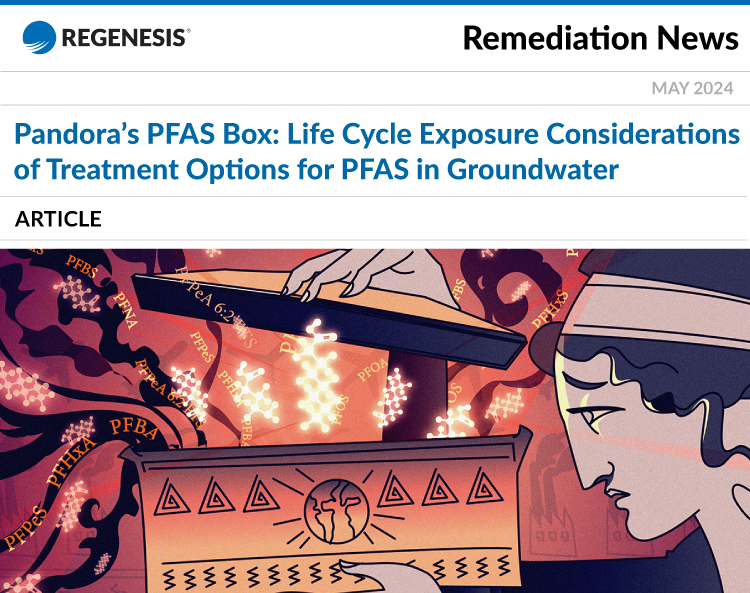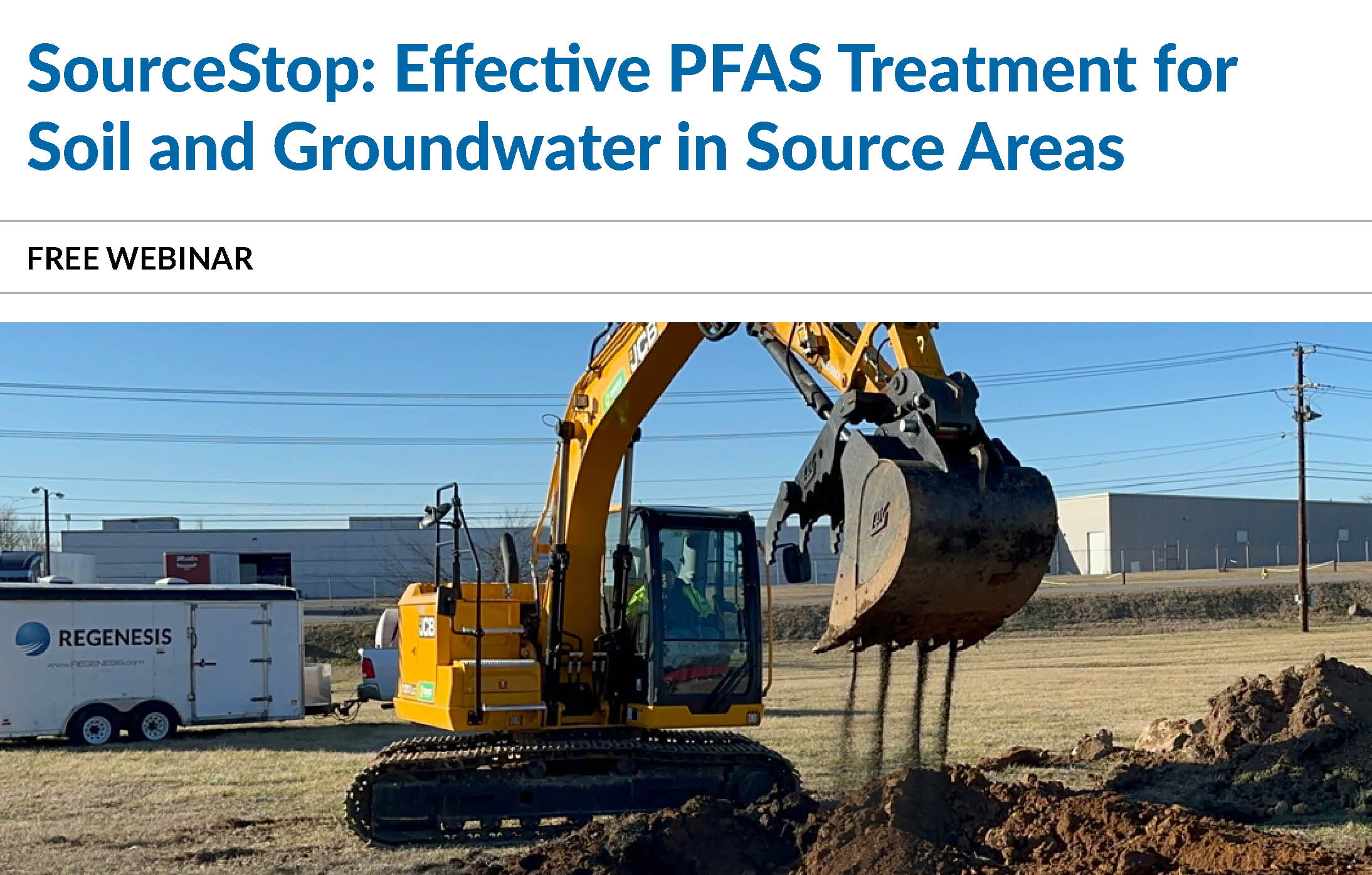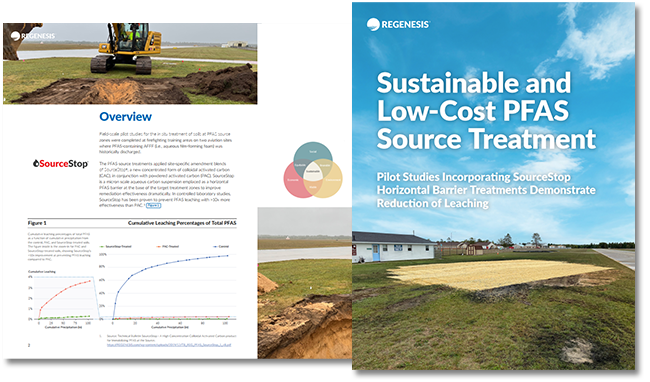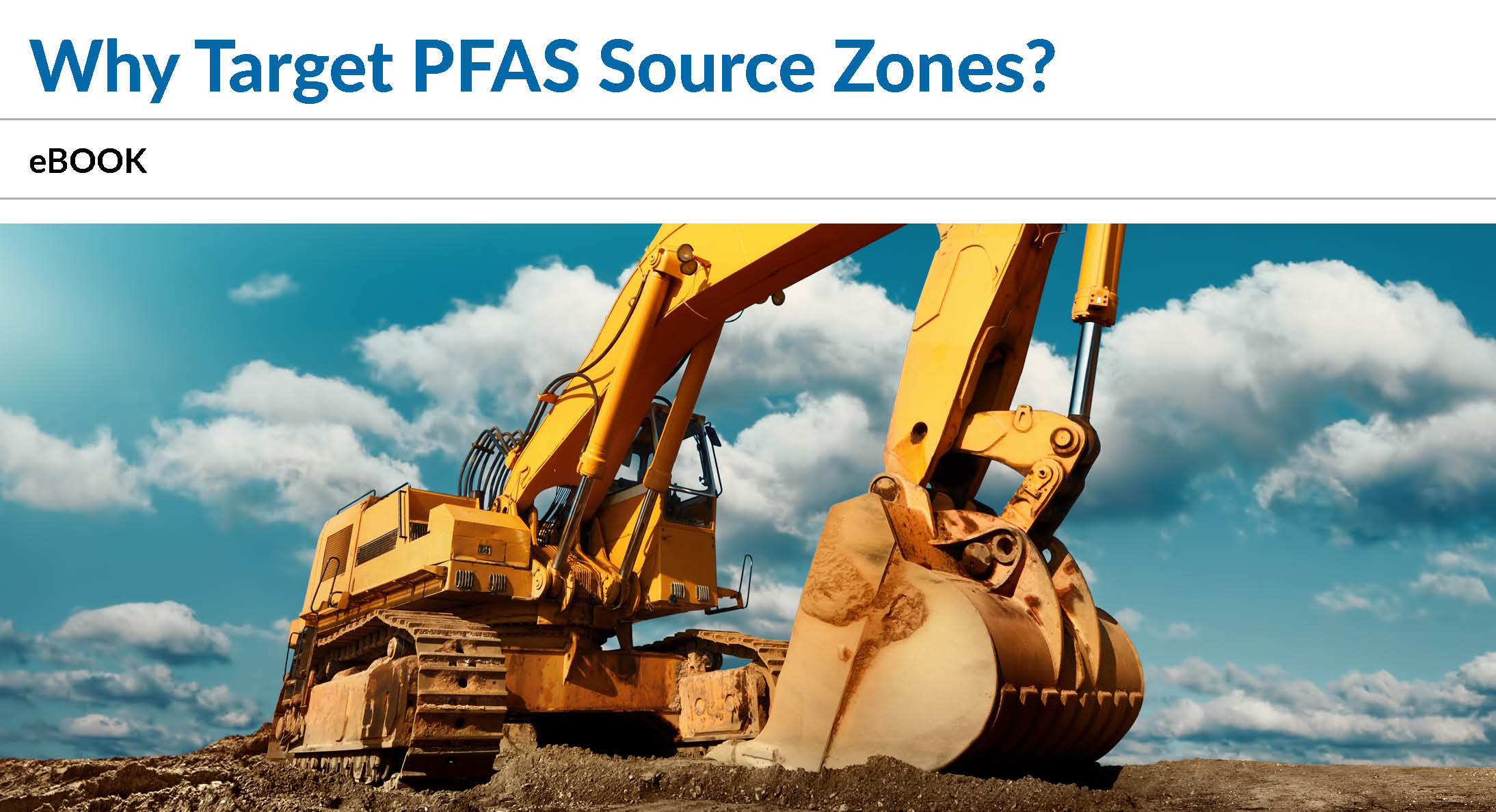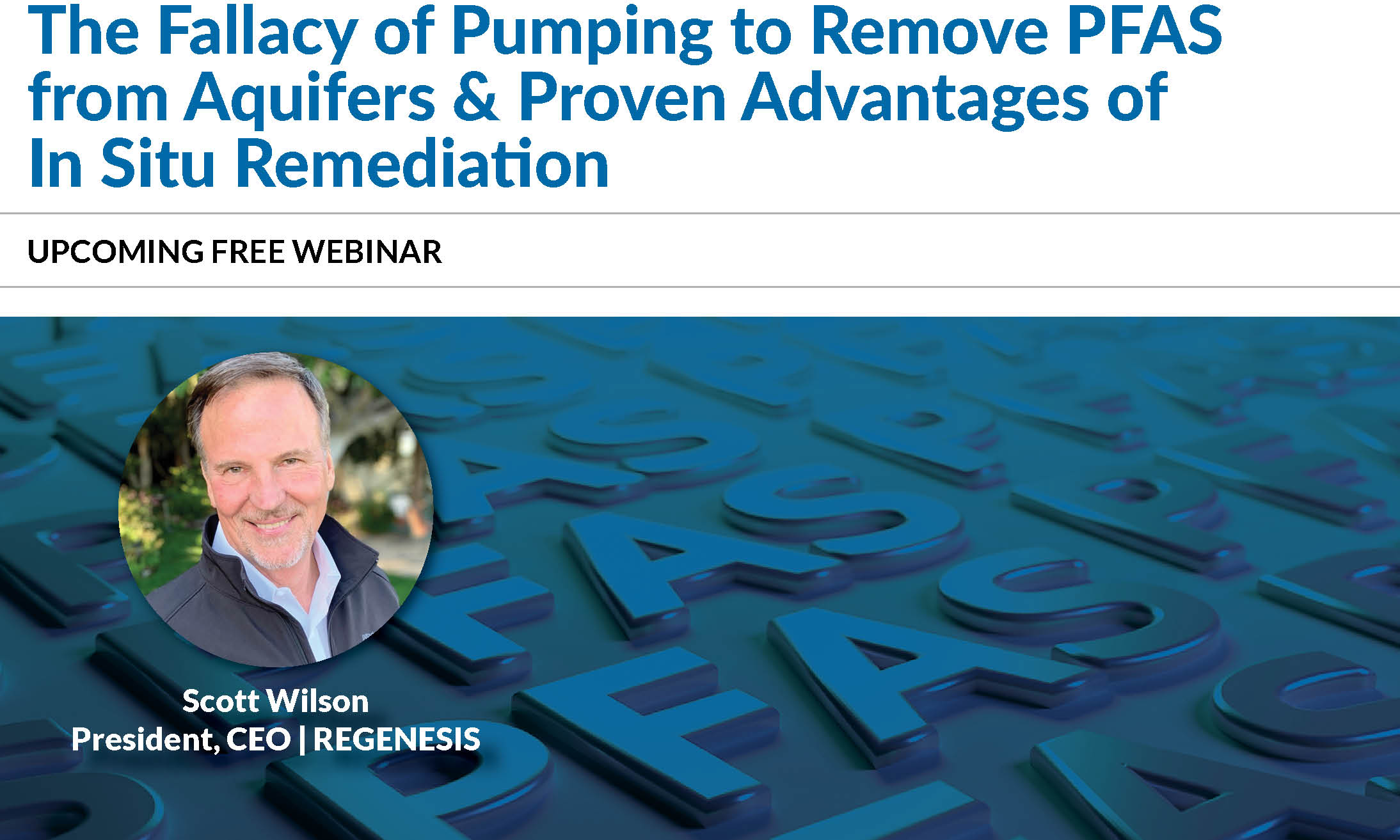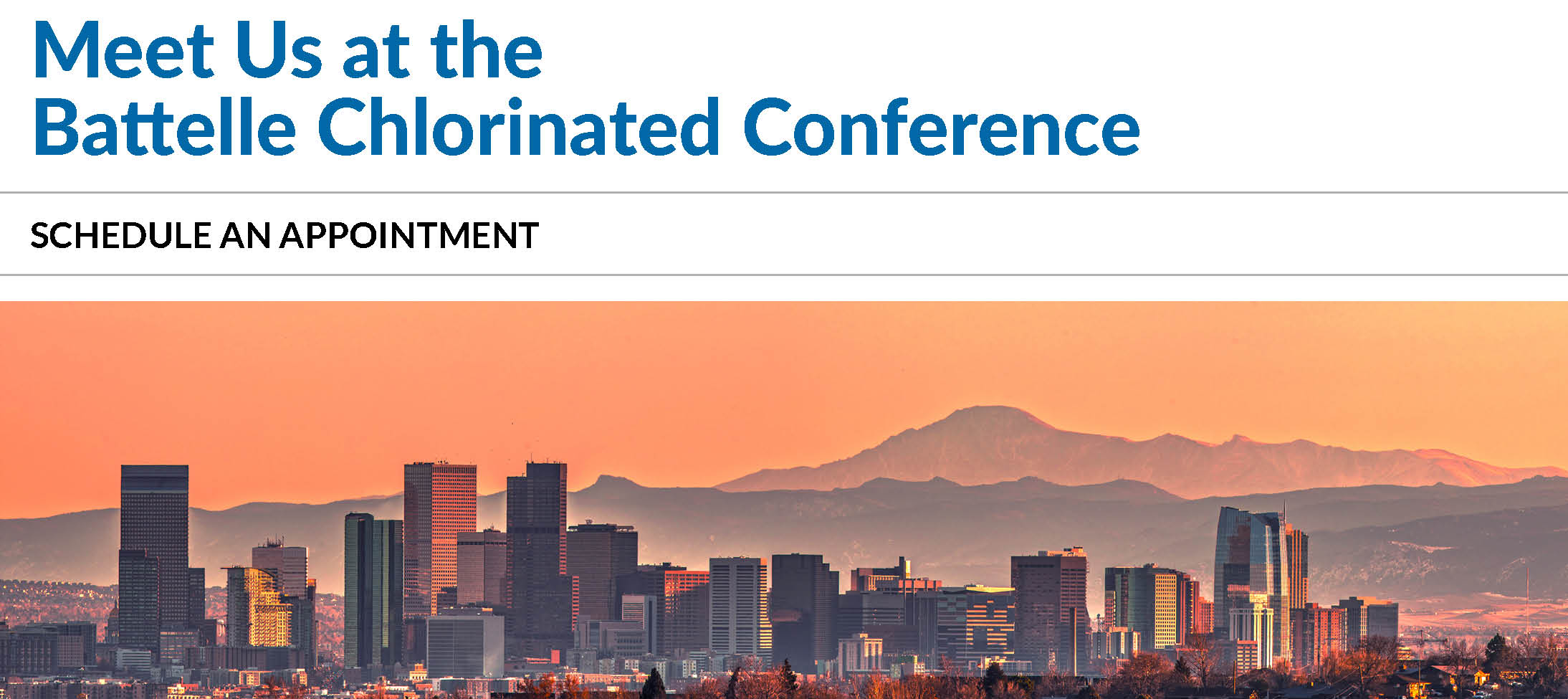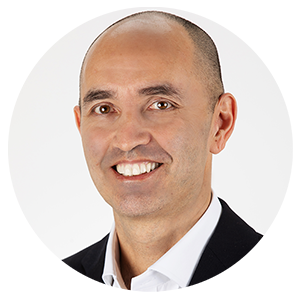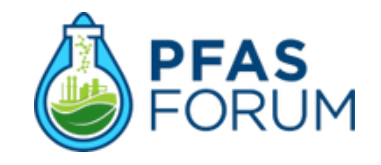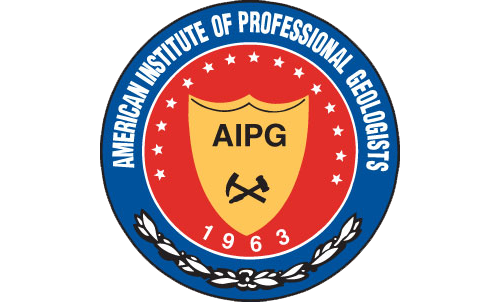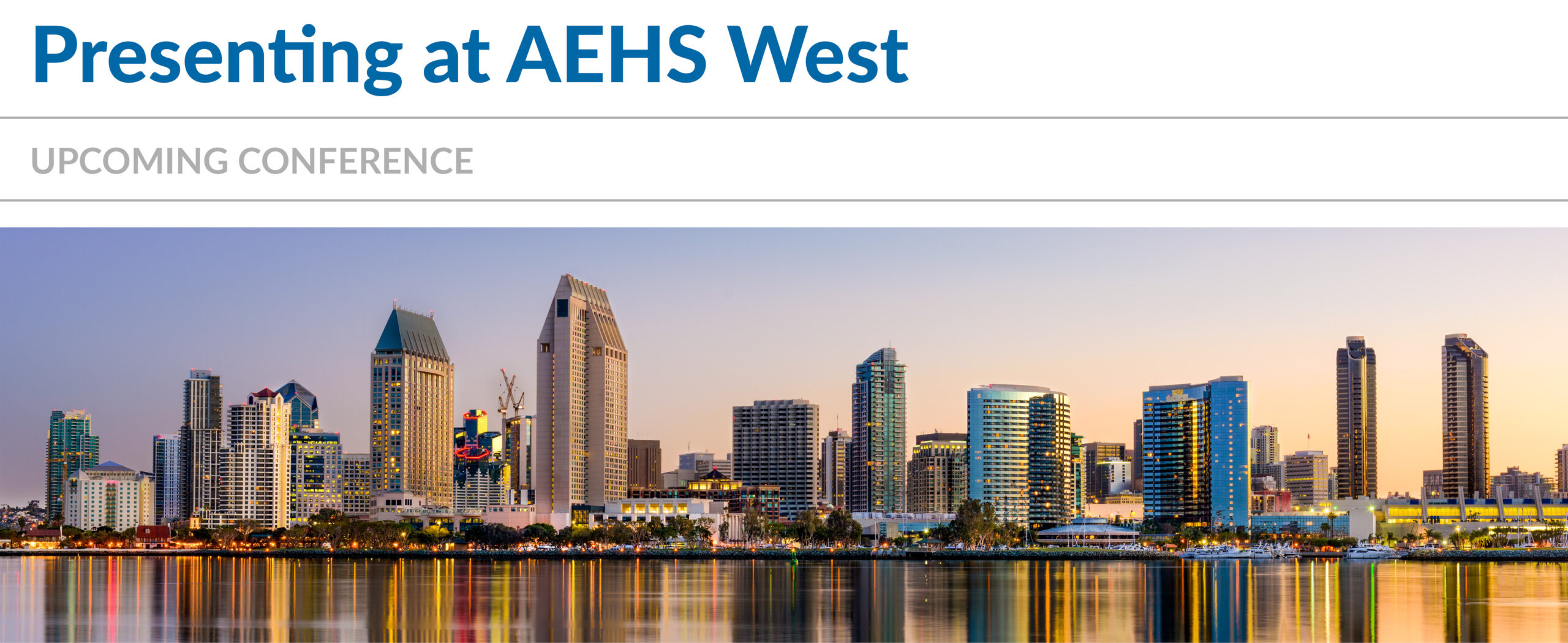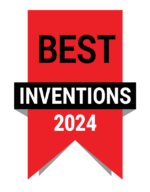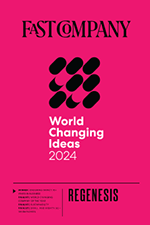May 2024 Newsletter
Article | Pandora’s PFAS Box: Life Cycle Exposure Considerations of Treatment Options for PFAS in Groundwater
In the Spring Issue of Remediation Journal, Linda Hall, John Wilson, PhD, and Jeremy Birnstingl, PhD, discuss PFAS exposure risks associated with pump-and-treat solutions for groundwater.
In This Article, Learn More About:
- Human exposure potential throughout the life cycle of various remediation technologies.
- A colloidal activated carbon technology used in situ, which avoids surface contamination, generates no PFAS waste, and eliminates PFAS risk and human exposure.
- The principal difference between pump and treat and in situ colloidal activated carbon.
Subscribe To Our Monthly Newsletters
Free Webinar | SourceStop: Effective PFAS Treatment for Soil and Groundwater in Source Areas
This webinar presentation by Paul Erickson, PhD, VP of Research & Development, and Steve Barnes, Director of Remediation Services, provides an overview of a new technology for the effective treatment of PFAS-contaminated soil and groundwater in the source area.
Webinar Highlights:
- Available in solid and liquid formulations, SourceStop® allows treatment to be customized to meet the specific needs of any site.
- Significantly reduces the leaching of soil contamination and halts the migration of PFAS in groundwater, eliminating risk to downgradient receptors.
- Safe and easy to handle, SourceStop liquid and solid formats can be used independently, in combination, or with a downgradient PlumeStop barrier to provide a complete, low-cost, zero-waste solution for PFAS sites.
eBook | Why Target PFAS Source Zones?
Targeting PFAS Source Zones:
- Accumulation of PFAS in the soil creates significant reservoirs of contaminant mass.
- These plumes represent a risk to downgradient environmental and human receptors such as potable drinking water wells, surface water bodies, and the aquifer itself. These risks generate potentially significant liabilities for the landowners on which the source areas are located.
- The PFAS source-plume system can be treated through a targeted application of SourceStop in the source zone.
Upcoming Free Webinar | The Fallacy of Pumping to Remove PFAS from Aquifers & Proven Advantages of In Situ Remediation
We are pleased to have Scott Wilson, President and CEO of REGENESIS share information on the misconceptions surrounding the use of pumping groundwater to flush PFAS from aquifers. In situ PFAS remediation is then explained and an overview is presented of performance expectations of this widely adopted remediation approach.
Webinar Highlights:
- Elimination of PFAS risk
- Time required to pump aquifers of PFAS hazard
- Impact and ramifications of CERCLA designation relating to liability and risk
- Key scientific research cited in support of in situ remedial approach for PFAS
- Design of colloidal activated carbon remediation system
- Longevity of in situ treatment with colloidal carbon
- Costs of PFAS remediation on actual projects
Schedule an Appointment | Meet Us at the Battelle Chlorinated Conference
We are pleased to announce that experts from REGENESIS and Land Science are available at the upcoming Battelle Chlorinated Conference to meet with you to learn more about our industry-leading solutions for contaminated sites, including:
- In situ remediation of PFAS that is 65% lower cost than pump-and-treat methods
- Cutting-edge colloidal technologies to treat chlorinated solvent contamination
- PetroFix, an activated carbon remediation technology to rapidly and effectively treat petroleum hydrocarbons
- Vapor barrier technologies that are more protective and more cost-effective
Connect with us at Upcoming Events
PFAS Forum IV
5/28 – 5/30/2024 | Orlando, FL
2024 Chlorinated Conference
6/2 – 6/6/2024 | Denver, CO
Michigan AIPG Environmental Risk Management Workshop
6/11 – 6/12/2024 | Roscommon, MI
SAME Camp Pendleton Day
6/27/2024 | Camp Pendleton, CA
Questions?
REGENESIS offers remediation professionals a suite of innovative technologies and services to treat a wide range of contaminants, including petroleum hydrocarbons, chlorinated solvents, PFAS and metals. If you are looking for a solution to ensure success on your next remediation project, contact us today.
Article | Less Than 1/3 the Cost Compared to ANY PFAS Pumping Treatment Method
- Widescale adoption of PlumeStop to mitigate PFAS exposure risk promises to save billions of dollars and eliminate millions of tons of greenhouse gas emissions
- PFAS compounds for treatment were reduced below detection limits at colloidal activated carbon study sites
- No waste generated (therefore no further potential liability)
Article | Less Than 1/3 the Cost Compared to ANY PFAS Pumping Treatment Method
- Widescale adoption of PlumeStop to mitigate PFAS exposure risk promises to save billions of dollars and eliminate millions of tons of greenhouse gas emissions
- PFAS compounds for treatment were reduced below detection limits at colloidal activated carbon study sites
- No waste generated (therefore no further potential liability)

